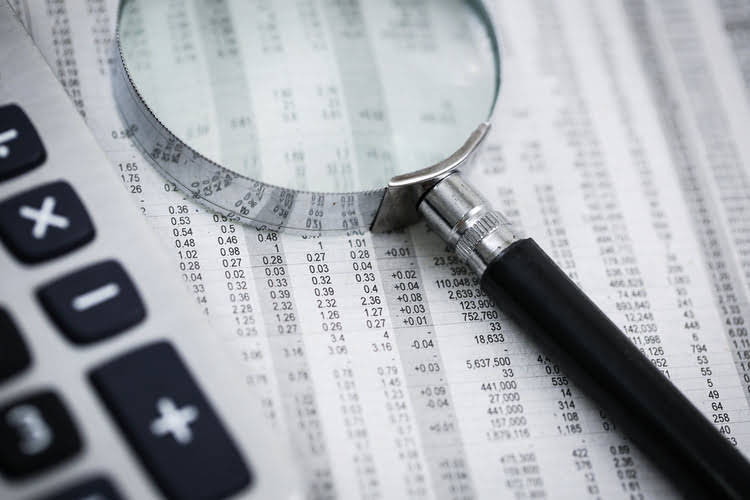
This measure is used to see whether the company has enough earnings to pay off its interest or not. Along net sales with looking at debt ratios, the investors should look at the interest coverage ratio to determine whether the company has enough earnings to pay off its interest. Debt-to-Capital Ratio and the Debt Ratio provide critical insights into how much debt a company uses compared to its total assets or equity, revealing its leverage and financial health. Iron Point Financial is here to help you better understand your debt to capital ratio, how it can affect your business, and other financial metrics.
- This is the portion of capital or assets that are financed by shareholders instead of creditors in exchange for stocks.
- This balance is vital to portfolio managers who aim to optimize risk versus return.
- Companies in this industry often have high capitalization ratios, indicating a high level of debt compared to their equity.
- Some accounts that are considered to have significant comparability to debt are total assets, total equity, operating expenses, and income.
- Investors use it to gauge the riskiness of investment and form an important component of asset valuation (higher risk implies higher expected return).
What are Leverage Ratios?
A company with too much debt may find its freedom of action restricted by its creditors and/or have its profitability hurt by high interest-rate payments. The worst of all scenarios is having trouble meeting operating and debt liabilities on time during adverse economic conditions. Lastly, a company in a highly competitive business, if hobbled by high debt, will find its competitors taking advantage of its problems to grab more market share.
Total Debt-to-Capitalization Ratio: Definition and Calculation

As a measure of financial leverage, the debt-to-capital ratio tends to benefit organizations and industries that do not depend substantially on debt. In other words, 33.33 percent of Company XYZ’s activities are financed by debt instead of equity. This makes it a moderately risky venture since around one-third of the company’s operations are financed by debt. By contrast, a lower capitalization ratio – which is viewed more favorably from a credit risk perspective – indicates that the company is less dependent on debt.
Probability Trees and Bayes’ Formula: Smarter Investment Decisions Under Uncertainty
Calculating your debt-to-capital ratio is a quick way to see whether your business is in a stable position. Knowing how to calculate and interpret your ratio will help you keep your long-term strategy on track — and put you in a better position to raise money. This is primarily due to a slowdown in commodity (oil) prices, resulting in reduced cash flows, straining their balance sheet. There are a few different things that can impact a company’s debt to capital ratio.
Investor and Creditor Response
Business managers often use ratios to determine the financial health of their firm. The net-debt-to-capital ratio helps managers assess whether their firm has an appropriate level of debt. When the Suspense Account ratio becomes too high or too low, it alerts business managers they need to rearrange the firm’s sources of funds. If we look at the Income Statement we would be able to look at EBIT right away.

What Is the Total Debt-to-Capitalization Ratio?
- On the other hand, these companies could also be utilizing debt effectively to fund growth and expansion, providing potential profits for investors.
- For instance, another leverage ratio called Debt to Asset ratio or simply Debt Ratio takes total debt into account, which includes non-interest bearing debts.
- Capitalization ratio, also commonly known as financial leverage ratio, often varies across different companies and sectors.
- It shows the proportion of your financing that comes from borrowing versus what is funded by the business’s own value.
This ratio indicates that 40% of the company’s capital structure consists of debt. For example, tech companies like Apple often have low D/C ratios because they generate tons of cash and don’t need to borrow much. On the other hand, industries like utilities or banking (think HDFC Bank) naturally carry more debt because their business models rely on it. Comparing a tech giant to a utility company is like comparing a sprinter to a marathon runner—they’re built differently. As mentioned before, this is a static picture because it debt ratio formula only includes balance sheet information.

Debt-to-Capital Ratio Analysis of 10 Companies
Conversely, a high capitalization ratio could potentially raise flags concerning a company’s commitment to, and management of, its sustainability initiatives. When a firm has a high capitalization ratio, it indicates a significant reliance on debt to fund its operations, including its CSR commitments. Such a scenario may be viable in thriving economic conditions with low interest rates, yet could prove challenging should economic circumstances change. In the sphere of Corporate Social Responsibility (CSR) and sustainability, the capitalization ratio provides important insights.

It helps you understand how reliant your business is on debt to finance its operations and assets. Business stakeholders, from shareholders to employees to customers, are paying increased attention to companies’ commitment to sustainability. Consequently, how a company finances its sustainable initiatives—reflected in its capitalization ratio—becomes an issue of broader significance. High debt levels may concern stakeholders due to the potential risks involved. Reduced profits due to interest repayments or an over-reliance on borrowing could lead to financial instability, jeopardizing the company’s sustainability programs in the long run.
Generally, a cap ratio of less than 0.5 is considered healthy, but we need to look at the ratio in the context of the company’s past and industry averages. For industries, which own physical assets, (like utility companies) it is common to have much higher debt compared to the equity. Sometimes a particular bond or loan is linked to a particular project or asset.
